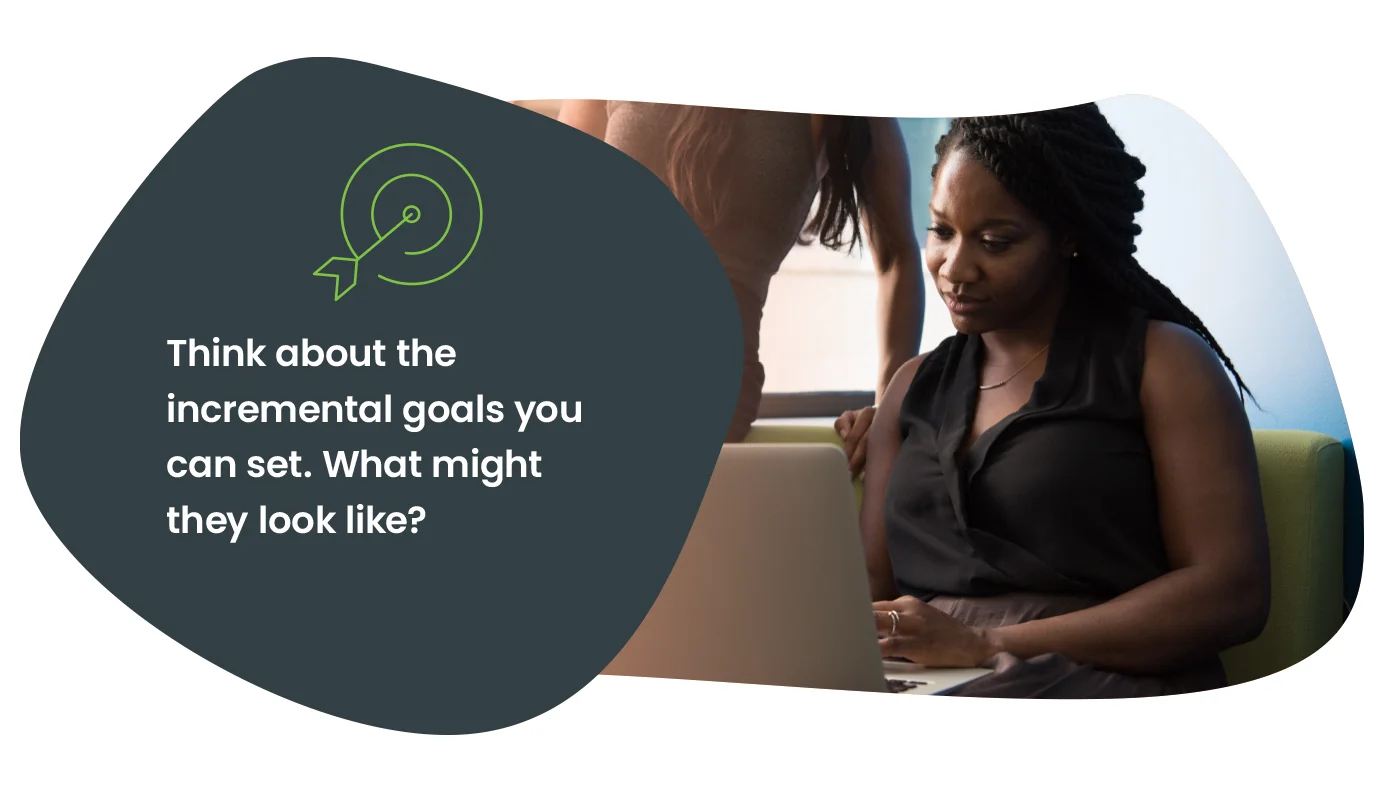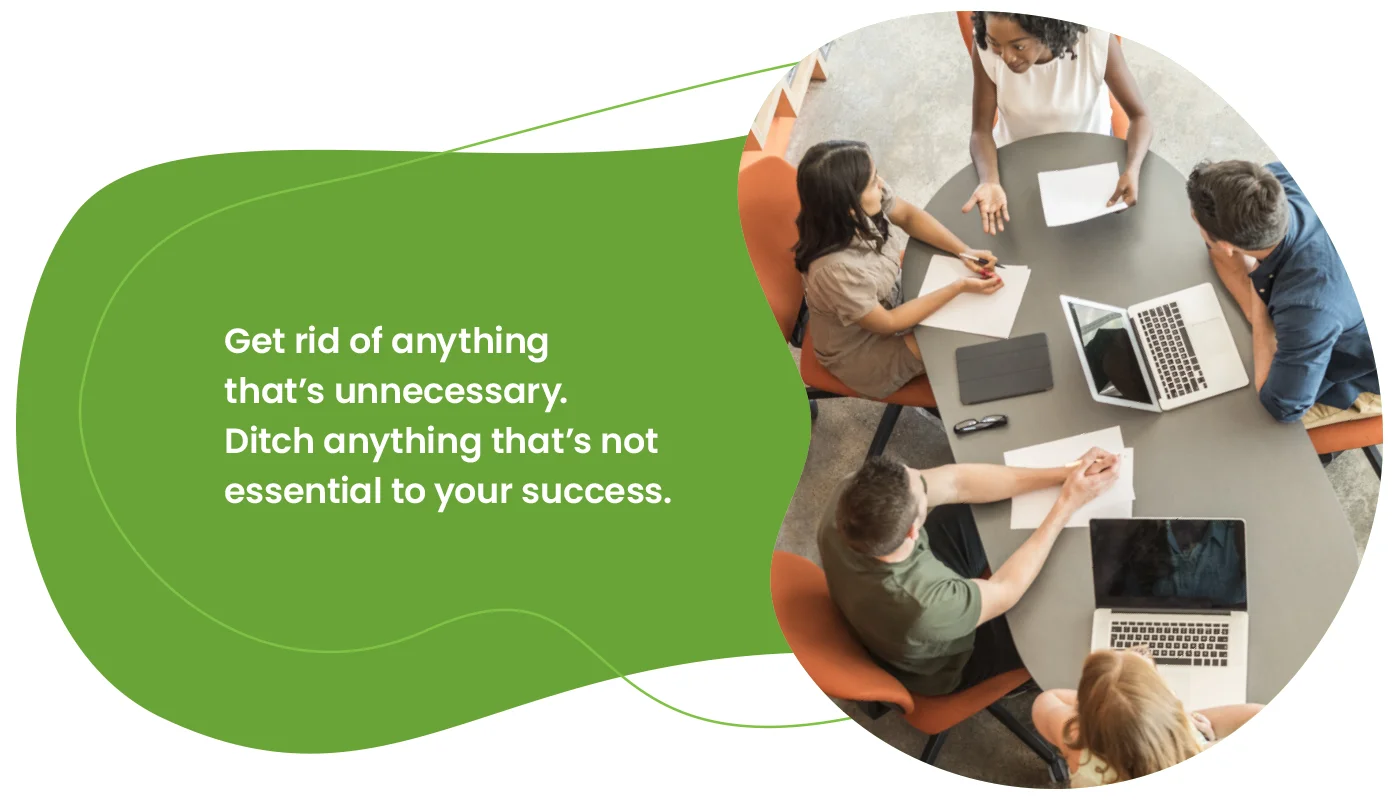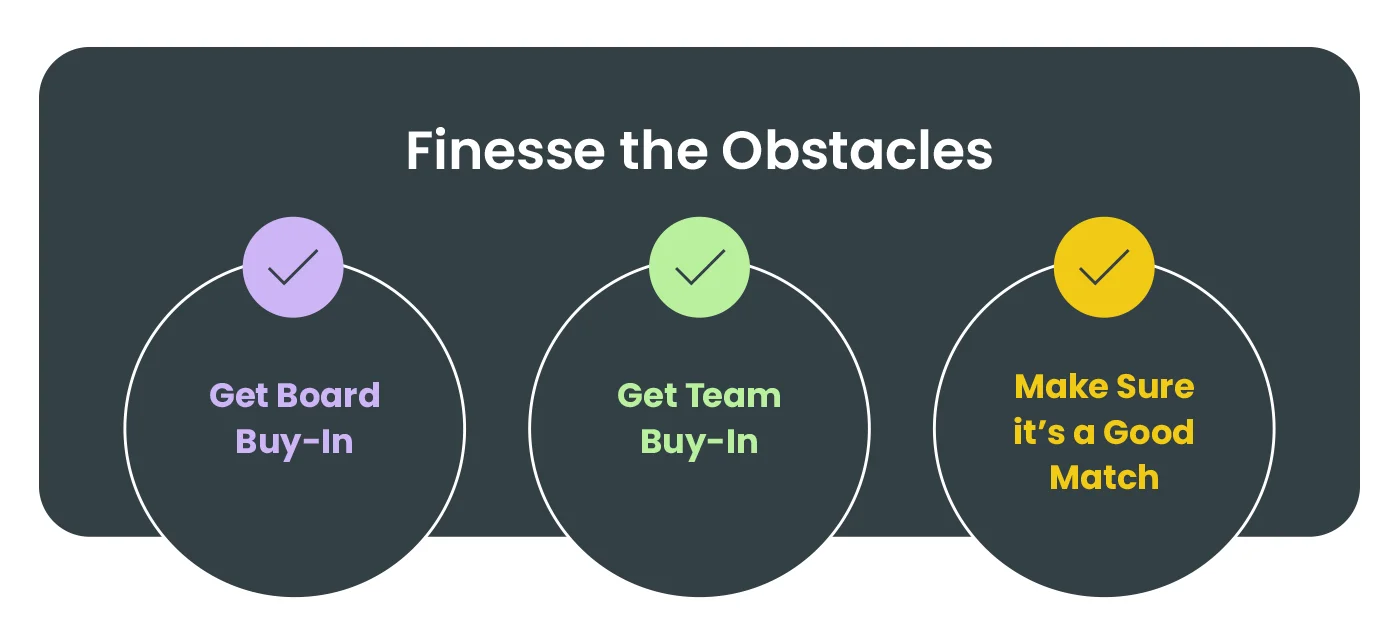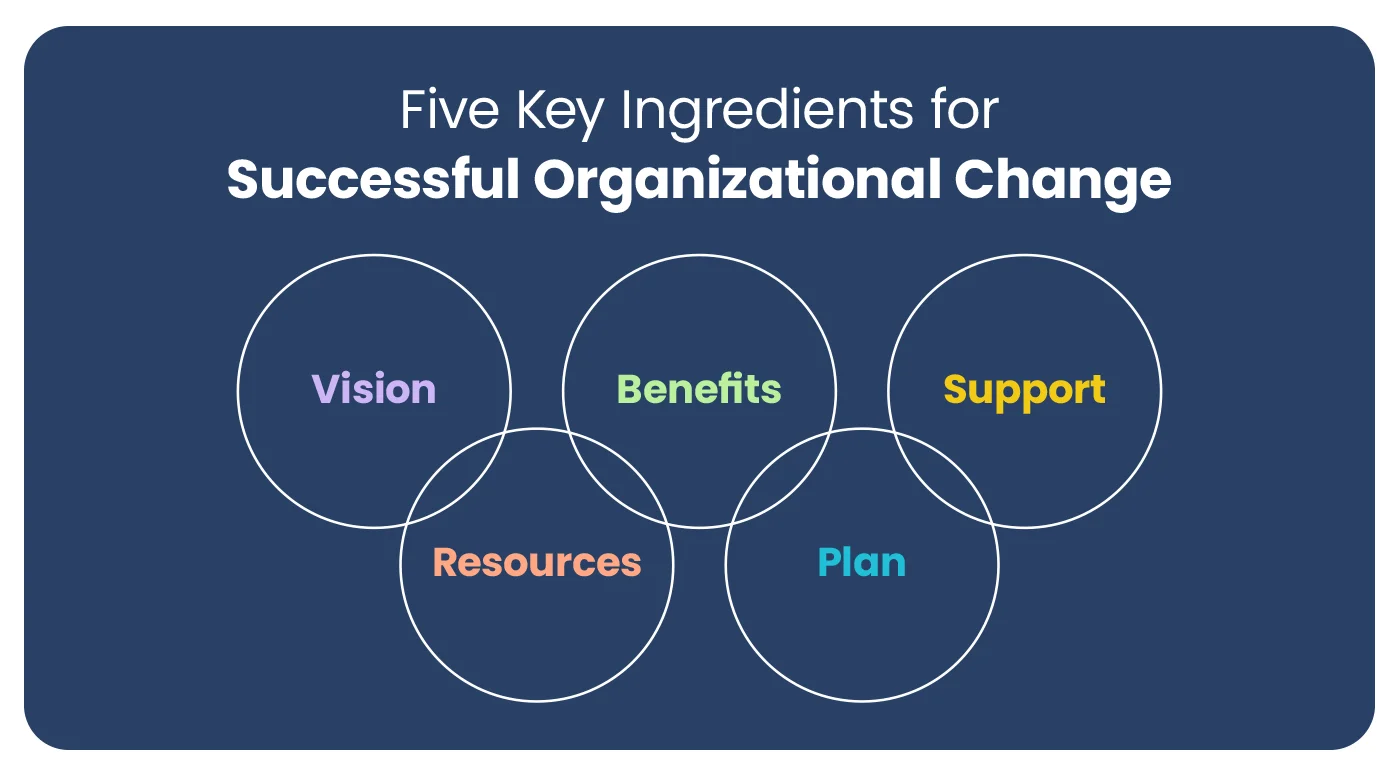We've all heard the horror stories. Implementations that never end. Data that is lost instead of migrated. You're promised a Cadillac, but you get an old horse. It doesn't have to be like that! In this guide, we will walk you through the steps to a truly stress-free implementation.

We'll give you step-by-step instructions so you're in the driver's seat.
Are you tired of your nonprofit’s clunky and outdated CRM and siloed data, but the thought of switching to a new system fills you with dread?
We get it.
From migrating data to learning how to pull reports to the very real fear you’ll lose information, the idea of new software implementation can leave you feeling defeated and frustrated before you even start shopping.
But it doesn’t have to be like that!
CharityEngine has been around the CRM block, and we’ve helped hundreds of clients glide right through implementation as if it’s as relaxing as a margarita on the beach.

(Okay, that’s an exaggeration. It’s not really relaxing, but we pinky-promise you that it can be easier than you think—and just about completely stress-free.)
We’ve got some pretty huge clients with some pretty huge databases, and we figure that if we could get them through no-stress implementations, we might have some tips to help any nonprofit wanting to switch CRMs.
So here we go!
In six chapters, we will walk you through the steps of a no-stress switch.
Get ready to say goodbye to the headache of an outdated or inefficient CRM and hello to the CRM of your dreams!
Believe it or not, a stress-free switch starts with your nonprofit, long before you sign on the dotted line with a CRM vendor.
Have you heard of the saying, “Garbage in, garbage out?”
While that’s a little dramatic, it’s true that messy, incomplete, inconsistent data fed into the world’s best technology will still give you messy, incomplete, inconsistent results.
When we know there’s an impending CharityEngine implementation, we send the client a checklist of steps they can take to ensure the nonprofit’s data is in order.
We’ve included a free copy of the checklist for you!

What are these magical steps? Let’s break it down.

You get the picture!
Measure anything that means success for your nonprofit.
But let’s go a step further. Set goals for implementation. Paint a picture of what you want things to look like one week after implementation. One month. Three months. Think about the incremental goals you can set. What might they look like?
Your implementation goals might be that your staff feels fully trained and all your data is accessible. One month later, your support requests to the vendor have decreased by 20%. Three months later, you are launching your first fundraising campaign, and your goals can include some of those mentioned above, like conversions.
Set as many realistic goals as you can so you’ll have KPIs you can measure to determine success.
While we can help make a technology changeover pretty easy, we’d be crazy if we told you there won’t be any obstacles.
But, like the eternal optimists we are, we’d rather focus on how to overcome common obstacles.
It’s a promise, and it’s also kind of Murphy’s Law. If you anticipate and mitigate problems before they happen, chances are it will be smooth sailing.
From the CharityEngine files, here are some steps you can take that will truly allow you to finesse the obstacles.

We’re talking about getting board buy-in from the very beginning! They need to approve the cost, understand the goals and how they will be measured, and calculate the ROI to understand how this investment will help your nonprofit make progress and fulfill its mission.
Some tips that might help you win over your board:

You’ve wowed the board, but the team is where things get real. A significant goal of switching CRMs should be to make it easier for your team members to do their jobs.
Go into it understanding that it’s hard for most people to accept new software.
There's a learning curve, so there’s a slowdown in productivity, and there’s usually frustration (unless you have extraordinarily zen team members).
A mistake we often see is that the board is happy and the decisionmaker is happy, but the staff has been kept in the dark and is now expected to love something that, frankly, makes them a little miserable.
Again leveraging our decades in this business, here we offer our best tips for keeping your team firmly on the side of the new CRM:
By now, you’ve asked your team several times what functionalities they need in a CRM. They’ve told you what they’re worried about.
Give your vendor a call and run through all these comments to make sure the CRM and the vendor can accommodate the concerns. It may seem like overkill, but it’s worth a 20-minute phone call.
Everyone on your team has chosen to work for your nonprofit, whether they’re paid or volunteer staff. They want success as much as you do!
Ask your vendor if your team has access to a sandbox.
This is an environment in which you can play with the software, querying it and seeing dashboards. It’s a good step, as is the live demo, as is the training the way people want to be trained.
With those measures and the assurance that all the functionality you need is there, you’re promised smoother sailing.

We’ve shared how to get your internal house in order by getting your data ready for a big move and garnering the support of your board and your team. And, certainly, those are crucial steps.
But we would be remiss if we didn’t cover some insightful questions you can ask.
If you haven’t chosen your new vendor but you’ve narrowed it down to two or three choices, we recommend asking these same questions of each vendor so you can compare them apples-to-apples.
And then...worksheet alert!...we will share ten questions that we think will uncover often-hidden details that can help you make an educated decision.
If you use our key questions worksheet, we’ve added in some scoring modules to help you grab total scores for comparison.
We are a bit wordy with these questions, just to give you more of a sense of what to ask. Our worksheet is more straightforward if you don’t need the context.
We don’t love throwing shade on industry friends, but we also know nonprofits (as you might know, we go way way way back with giants like Wounded Warrior Project), and we are determined to be helpful and make it easier for nonprofits to change the world. So, we will throw up four red flags that we’d urge you to consider.
🚩We already kind of said it, but mergers and acquisitions are rampant. They help nonprofits as they bring a lot of technology under one roof for one price. But the downfall is that you’re a pawn in the game, and if they decide your system isn’t a winner, they’ll sunset it. We hear daily from people frustrated that they’re being forced into a new system and looking for someone who doesn’t have plans to merge with a conglomerate. Just sayin’.
🚩Lack of transparency is more of a warning sign than you’d think. It might be a relief—"They’ve got it all under control and I don’t have to lift a finger!”—but that’s a flag. You’re partners, both focused on the success of your nonprofit. Not only do you want to know what’s going on, you also want them to ask what’s going on with your team. Cookie-cutter, factory implementations aren’t what we would want as a nonprofit. Personalized attention and care about our thoughts would matter more.
🚩And speaking of that, is this a sales team that promises you the moon? Our sales team is awesome (they really are!) and will tell you the truth if our software can’t walk and chew gum at the same time. Beware the over-the-top, super-aggressive salespeople who dismiss every question with, “Yup, we can do that.” Spoiler alert: they can’t. Ask for realistic answers, not the answers that will snow educated buyers.
🚩And speaking of THAT, how many times do they ask about your opinion or thoughts? If there’s no consideration to concerns or ideas, that speaks volumes. That’s not a partner. If your team is nervous, you need to be able to share that (and mitigate it). If the system isn’t working the way it’s supposed to, you need a friendly voice on the phone. Don’t dismiss warning signs that the company isn’t tuned in to how you’re feeling.
Change management is a whole industry...because change is hard. Knowing that, and preparing for it, will be one of the best ways to ensure a no-stress switch.
And if there’s a key to mastering the changeover, it’s really about being disciplined and organized. If you’ve got disciplined and organized covered, all you have to do is follow a few easy steps. And guess what? We’ll share with you what they are!

But first, it makes sense to remind you of the over-arching best practices for change management. There are five key ingredients for successful organizational change:
Let’s talk about that plan.
Here are some easy steps you can follow to craft a strategic plan that will check all the boxes so nothing falls through the cracks.
Don’t forget that your vendor is your partner and should offer specific best practices based on their experience implementing the CRM for nonprofits.
You’ve implemented your new CRM. No one is yelling in frustration, so the training went well. You’re having a ball exploring all the cool new fundraising tools.
So you’re done, right?
Nope.
Remember way back in chapter 1, where we recommended setting measurable goals for every stage?
That step was important so that you now have standards against which you can measure your CRM’s performance.
How does this reduce stress?
It heads off problems to keep your engagement benefitting your nonprofit. We send surveys to our clients more often than they’d probably like to receive them, just because we want feedback to be certain the software is working well for them.
Let’s take a look at a few stops in the lifetime of a CRM contract.
For each, we’ll suggest some questions that will help you measure your success.
It may seem silly, this constant assessing, but we can let you in on a little industry secret: what our technology, our CRMs, is capable of is shifting and growing daily.
As soon as you settle into one system, there’s another with a product update that would knock your socks off.
There’s AI and Chat GPT and advances in reporting AND advances in fraud so you have to be protected and now there’s a new tool you can use for donor retention....
You don’t have to worry about keeping up with technological advances and industry growth if you have confidence that your CMR vendor is on it.
We had a client, a gentleman from Help Heal Veterans, offer a testimonial video in which he said, “This company is always innovating. If I hear about some cool new feature coming online soon for a competitor’s technology, CharityEngine already has a prototype in beta testing.”
That makes our nerdy hearts happy, because it proves that our clients enjoy the shiniest, newest tech features right in our CRM.
As you have read, there are so many things you, the nonprofit, can do to make sure the process is stress-free and stink-less.
Then, along the way, there are a lot of questions you can ask and processes you can implement to ensure a seamless changeover.
At the heart of KPIs, checklists, questions, and plans is your mission.
Going out on a limb, we can confidently say your mission is extraordinarily important. All the steps are just so that you can be certain you’re engaging with and nurturing your donors and raising as much money as you can for that mission.
If you can have fun along the way, with a raucous auction or inspiring peer-to-peer 5K event, you’ve chosen your software well.
If that awesome software comes with awesome human beings who care about your mission and how their software is working for you, you’ve hit the proverbial home run.
And it’s a safe bet you’re not too stressed.
If this guide has been helpful to you, or if you are interested in hearing about how our awesome software comes with awesome people, let us know.
Otherwise, our wish for you is that your next CRM switch is almost as relaxing as that margarita on the beach.
